

![]() by Lusignan » Tue Mar 27, 2012 1:49 pm
by Lusignan » Tue Mar 27, 2012 1:49 pm

![]() by Lusignan » Tue Mar 27, 2012 4:15 pm
by Lusignan » Tue Mar 27, 2012 4:15 pm

![]() by Lusignan » Tue Mar 27, 2012 7:09 pm
by Lusignan » Tue Mar 27, 2012 7:09 pm

![]() by Lusignan » Tue Mar 27, 2012 9:33 pm
by Lusignan » Tue Mar 27, 2012 9:33 pm



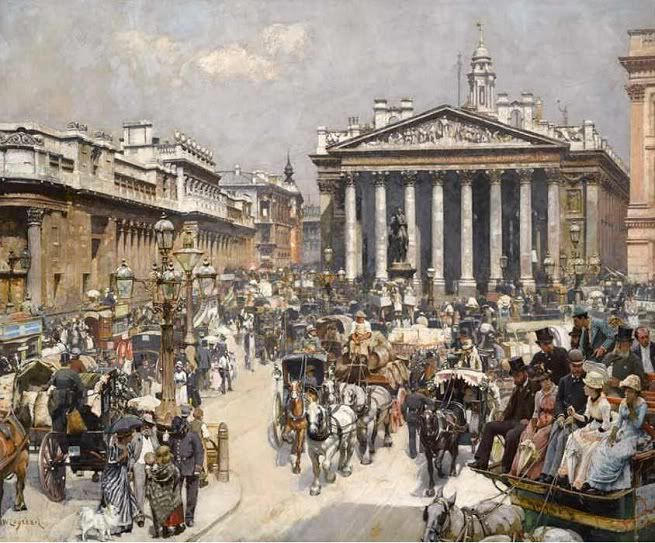
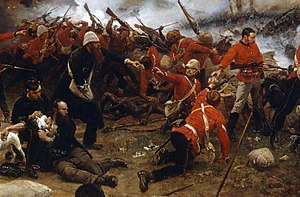

![]() by Lusignan » Wed Mar 28, 2012 8:24 pm
by Lusignan » Wed Mar 28, 2012 8:24 pm





![]() by Lusignan » Wed Mar 28, 2012 10:01 pm
by Lusignan » Wed Mar 28, 2012 10:01 pm
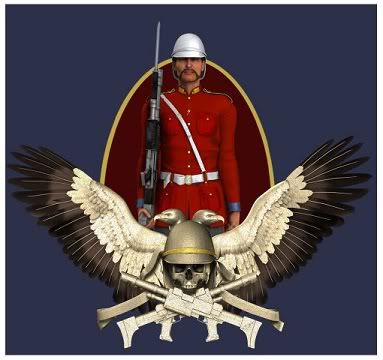
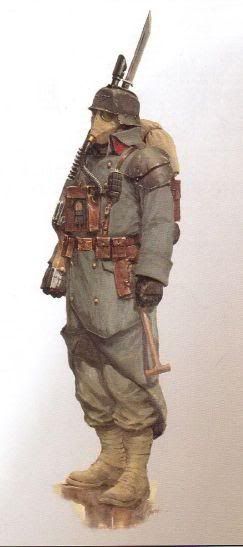

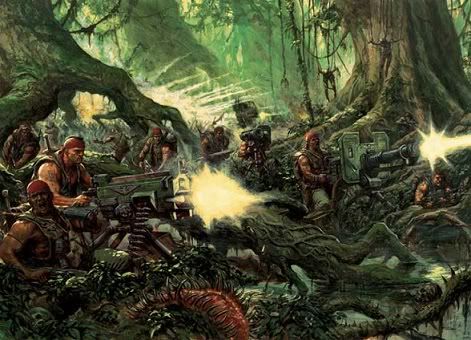
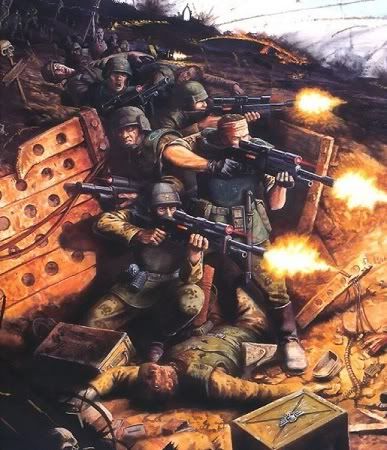
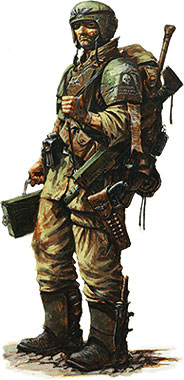
Return to Factbooks and National Information
Users browsing this forum: No registered users
Advertisement